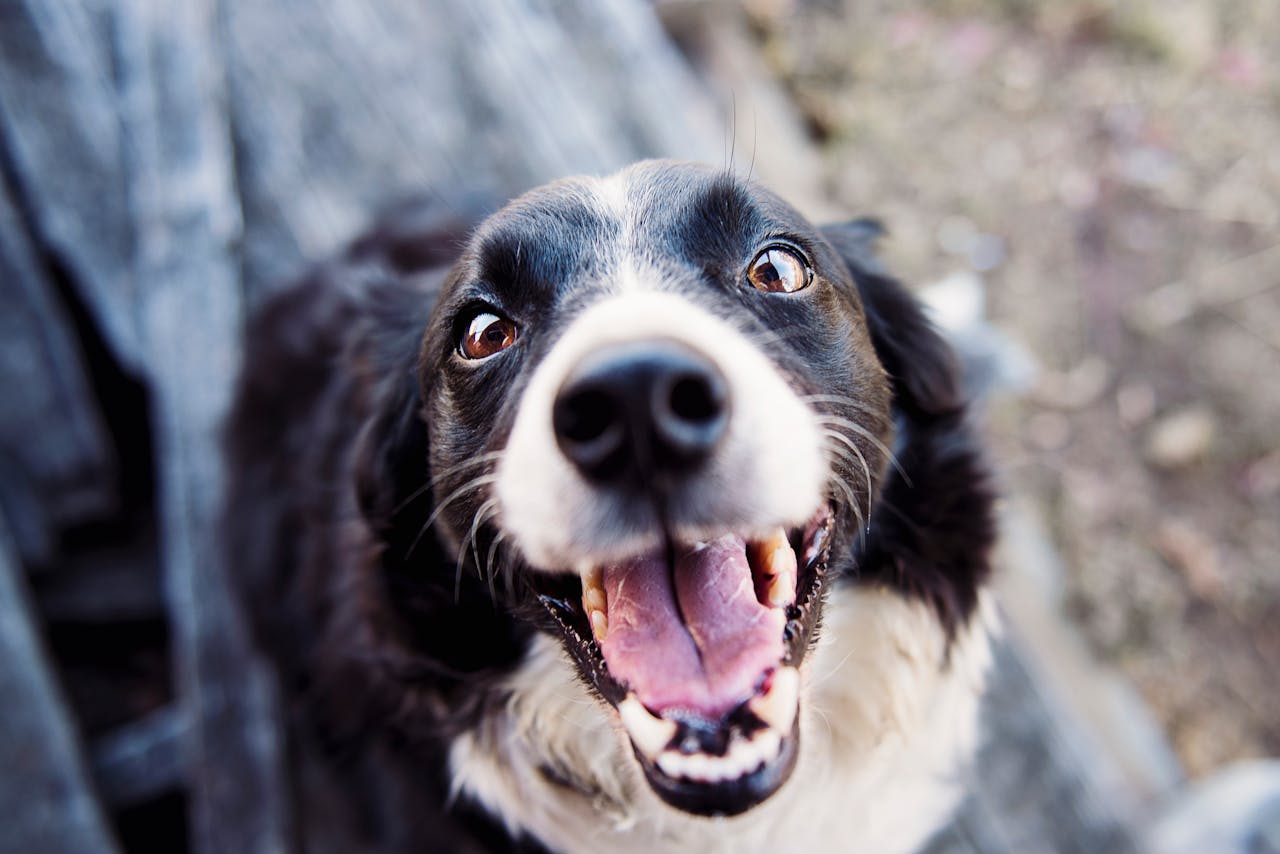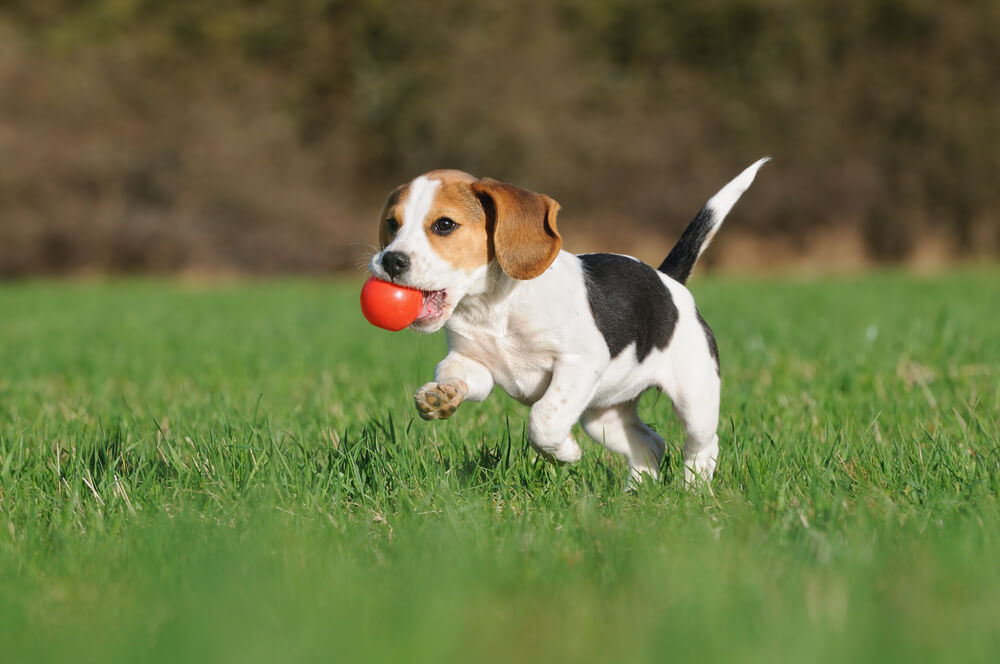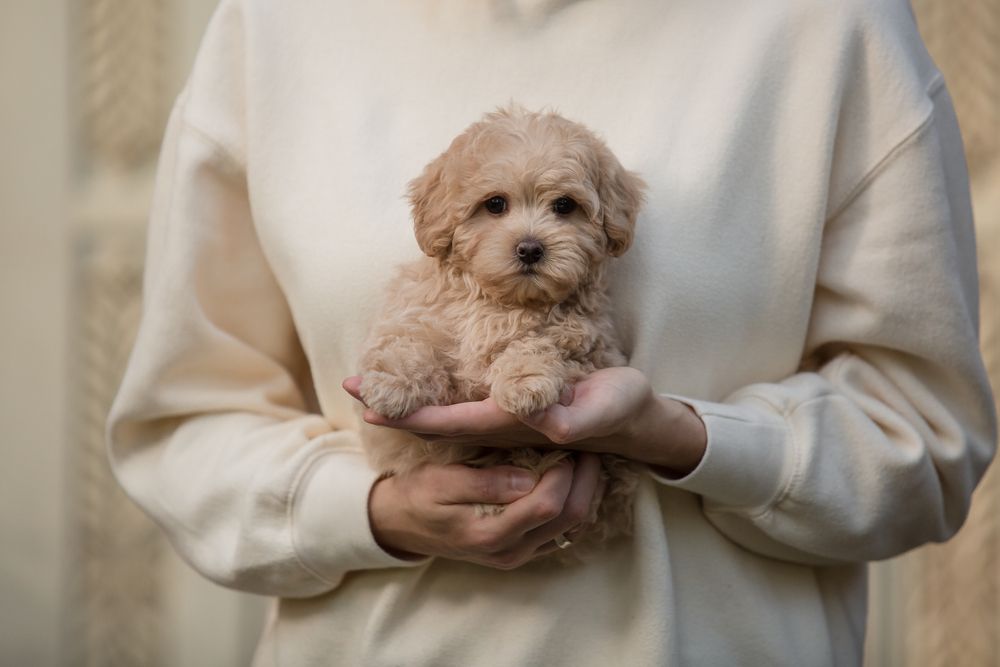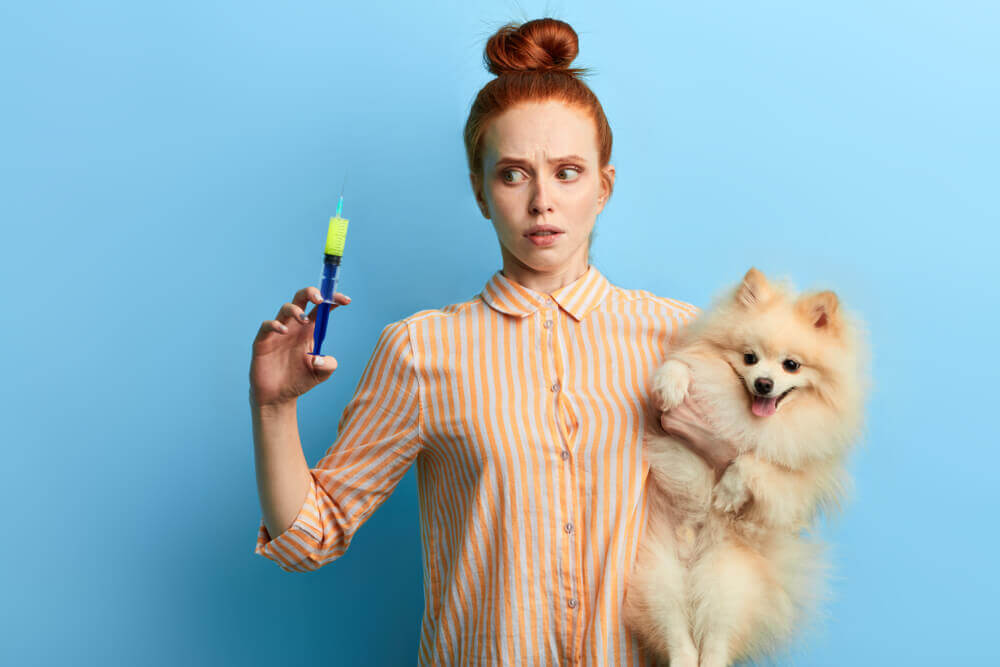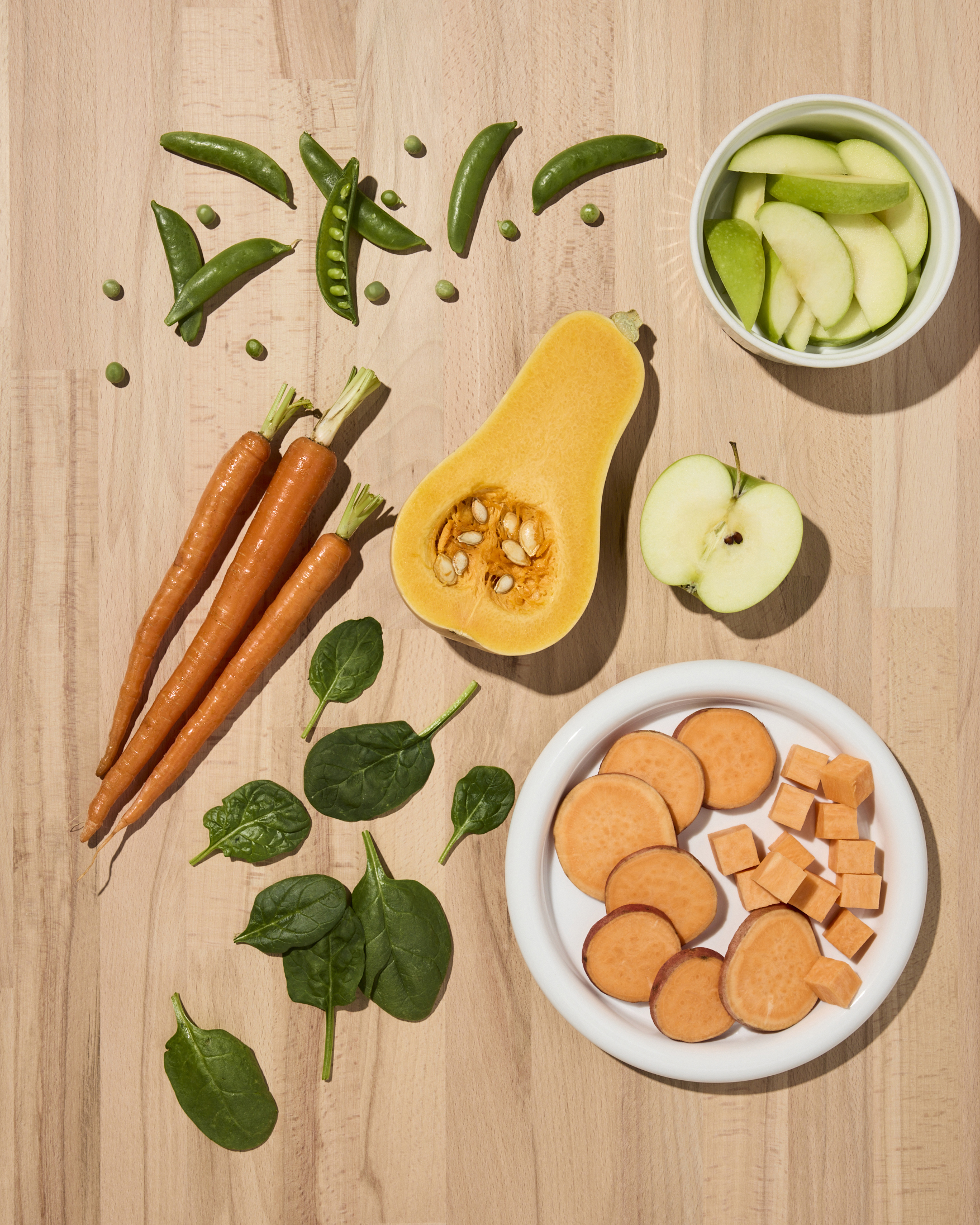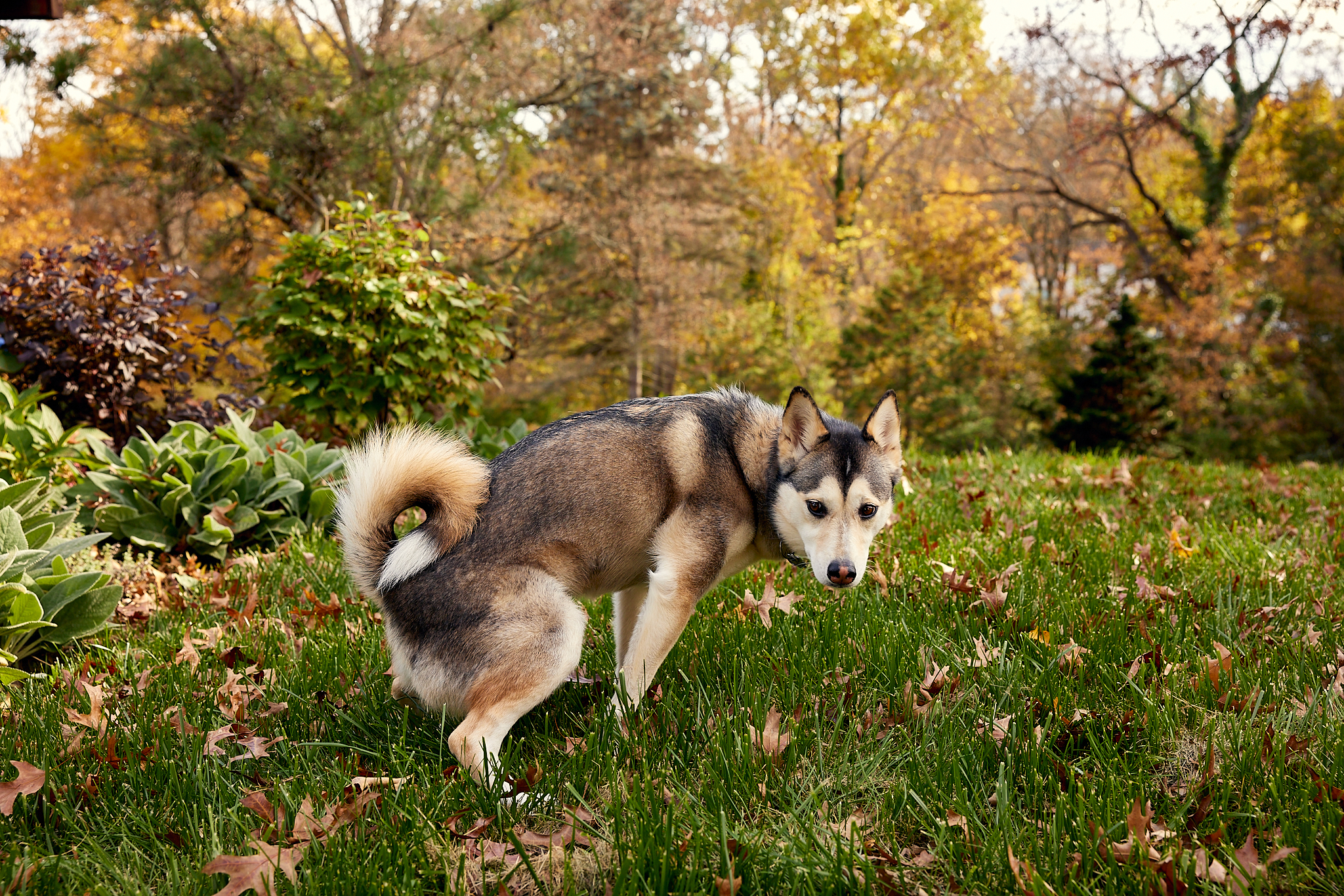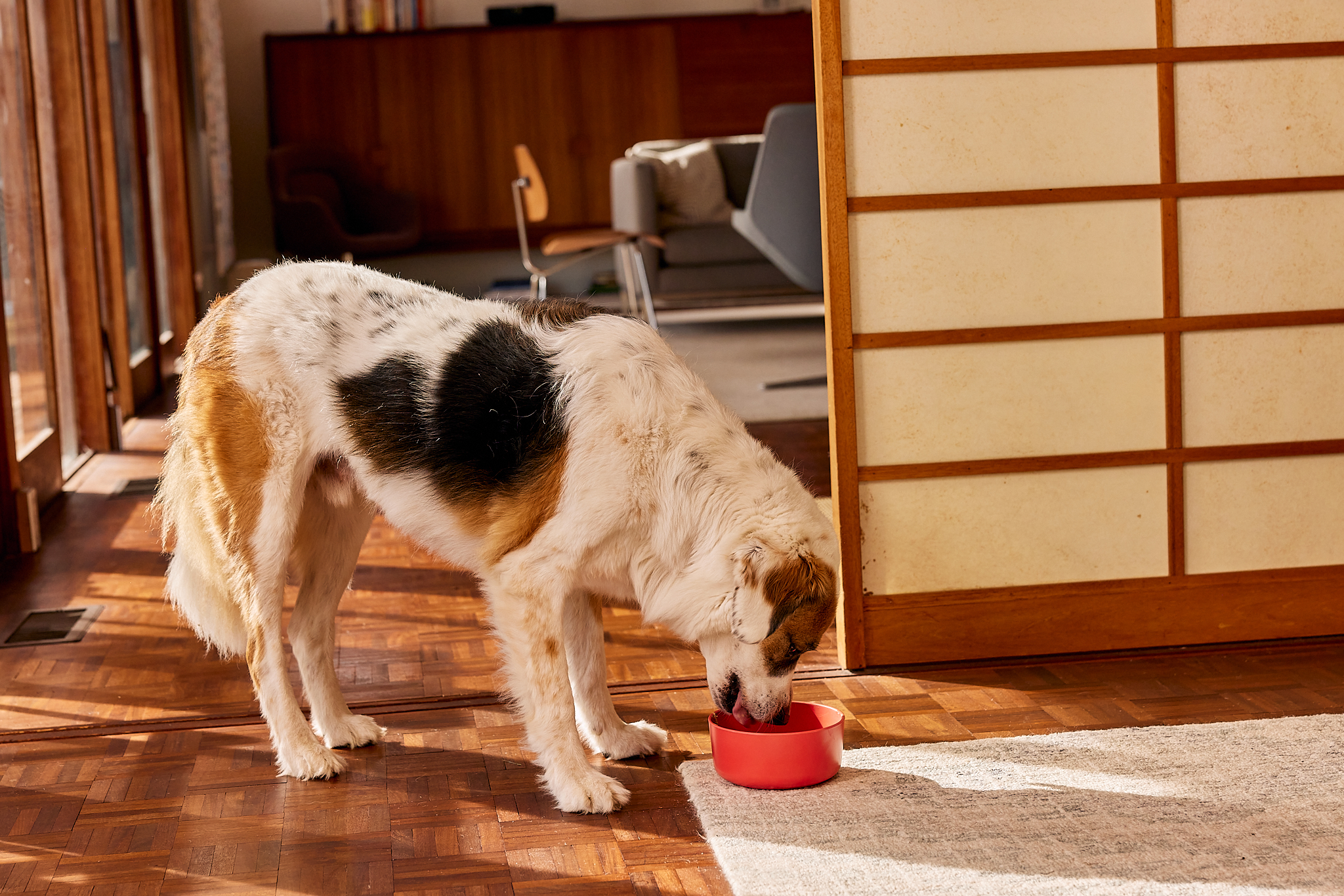Hey Ollie blog readers! We’re offering you an exclusive 60% OFF your starter box! Try now!
For years, many people believed that dogs could only see in black and white, but modern research has proven otherwise. While dogs don’t see the world in the same vibrant colors as humans, they can distinguish certain shades. Instead of full-color vision, dogs experience the world in a limited spectrum, similar to a human with red-green color blindness.
Understanding what colors dogs can see can help pet parents choose the best toys, accessories, and even food bowls that their dogs can recognize more easily. In addition, proper nutrition plays a role in overall eye health, and a fresh, balanced diet—like Ollie—provides essential nutrients that support vision and brain function.
Key Takeaways:
- Dogs are not completely color blind—they see blue and yellow but struggle with red and green.
- Their vision is similar to red-green color blindness in humans, meaning reds appear as brown or gray, and greens may look yellowish.
- A fresh, nutrient-rich diet, like Ollie Fresh Dog Food, supports overall eye health, helping dogs maintain good vision throughout their lives.
Are Dogs Color Blind?
The idea that dogs are completely color blind comes from outdated studies. The truth is that dogs do see color, but their perception is more limited compared to humans.
How Color Vision Works in Dogs vs. Humans
Color vision depends on specialized cells in the eye called cones. Humans have three types of cones that detect red, blue, and green, allowing us to see a wide range of colors. Dogs, on the other hand, only have two types of cones, meaning their color range is much smaller.
Instead of seeing the full spectrum, dogs experience color similarly to a human with red-green color blindness:
- They can see blue and yellow clearly.
- Red appears as brown or dark gray.
- Green may look yellowish.
This means that a red ball on green grass may not stand out to a dog, but a blue or yellow ball would be much easier to spot.
How This Affects Your Dog:
When choosing toys, leashes, and training tools, opt for blue or yellow rather than red or green to make objects more visible to your dog.
What Colors Can Dogs See?
Dogs may not see the world in full color like humans, but they can still distinguish between certain shades. Their vision is best suited for detecting blue and yellow hues, while red and green appear as muted shades of gray or brown.
How Colors Appear to Dogs:
- Blue objects appear blue (just like humans see them).
- Yellow objects appear yellow (easily recognizable to dogs).
- Red objects appear brown or dark gray (blending into the background).
- Green objects may look yellowish (making them hard to distinguish from actual yellow).
Because of this color limitation, dogs rely more on brightness and contrast rather than color itself. If you’ve ever thrown a red toy onto green grass and noticed that your dog struggled to find it, this is why—it likely blends into the environment for them.
How Does a Dog’s Vision Compare to Human Vision?
While dogs see fewer colors than humans, their vision is specially adapted for motion detection and low-light environments.
Key Differences Between Dog and Human Vision:
- Dogs see fewer colors – They rely more on contrast and movement than on distinguishing different hues.
- Dogs have superior night vision – Thanks to a structure called the tapetum lucidum, which reflects light within the eye, dogs can see well in low-light conditions (better than humans).
- Dogs have a wider field of view – Their peripheral vision is better than a human’s, depending on their head shape and eye placement.
- Dogs have lower visual acuity – While humans see in high definition, dogs see a slightly blurrier version of the world.
Why This Matters for Pet Parents:
- Dogs rely more on movement than fine details, which is why they may react more strongly to moving objects.
- They can see in dim lighting, which helps them navigate at night.
- High-contrast colors (blue and yellow) stand out best for them.
How Nutrition Supports Eye Health
While dogs rely more on contrast and brightness than on color, their overall eye health is influenced by their diet. Essential nutrients like omega-3 fatty acids, vitamin A, and antioxidants help support retinal function and vision clarity.
How Ollie Helps:
- Ollie Fresh Dog Food contains real, human-grade ingredients packed with eye-supporting nutrients like omega-3s and vitamin A.
- A diet rich in antioxidants can help support long-term eye health and protect against age-related vision decline.
Does Color Matter for a Dog’s Food & Bowls?
While dogs don’t rely on color to choose their food, the color of their bowls and surroundings can impact their ability to recognize objects. Since dogs see blue and yellow best, bowls in these colors may stand out more than red or green ones.
Should You Choose a Specific Bowl Color for Your Dog?
- Blue or yellow bowls – Easier for dogs to see and recognize.
- Red or green bowls – May blend into the background or appear as dull, grayish shades.
- Stainless steel or neutral-colored bowls – Great for function, but they don’t provide much visual contrast.
Even though dogs don’t care about food color, they do rely on smell, texture, and freshness when deciding what to eat. A high-quality, fresh diet with recognizable ingredients is more appealing than highly processed kibble with artificial dyes.
How to Choose the Best Colors for Dog Toys, Beds, and Accessories
Because dogs see a limited color spectrum, the colors of their toys, beds, and accessories can impact how well they recognize them.
Best Colors for Dog Toys
- Blue and Yellow: The most visible colors for dogs. Toys in these shades stand out against most backgrounds.
- Red and Green: Harder for dogs to distinguish, as they may appear as dull grays or browns.
Why This Matters:
- If you throw a blue ball onto green grass, your dog will spot it quickly.
- A red ball on green grass may be harder for them to locate.
Best Colors for Dog Beds & Accessories
- Collars & Harnesses: Blue or yellow collars may stand out more, making it easier to spot your dog outdoors.
- Dog Beds: A blue or yellow bed may be easier for your dog to recognize in the home.
By choosing colors that your dog can see clearly, you can help them navigate their environment more easily and enjoy their toys and accessories more.
Can Dogs See in the Dark?
Yes! Dogs have excellent night vision compared to humans. While they can’t see in complete darkness, their eyes are specially adapted to help them see in low-light conditions.
Why Do Dogs Have Better Night Vision Than Humans?
- Tapetum Lucidum: A reflective layer in the back of a dog’s eye that bounces light back through the retina, allowing them to see better in dim lighting. This is what causes dogs’ eyes to glow in the dark when light hits them.
- More Rod Cells: Dogs have a higher number of rod cells in their retinas, which detect movement and brightness. This gives them a strong ability to see motion in the dark.
- Wider Pupils: A dog’s pupils dilate more than a human’s, allowing more light to enter the eye, improving night vision.
How Well Can Dogs See at Night?
While dogs don’t have perfect night vision, they can see in about five times dimmer light than humans. This is a big reason why dogs can navigate a dark room or backyard without needing much light.
How Nutrition Supports Vision:
A dog’s night vision and overall eye health depend on essential nutrients like:
- Vitamin A – Supports retinal function and vision clarity.
- Omega-3 Fatty Acids – Help protect the eyes from inflammation and oxidative damage.
- Antioxidants (such as beta-carotene and lutein) – Reduce age-related vision decline.
How Ollie Helps: Ollie Fresh Dog Food includes real, nutrient-rich ingredients packed with vitamin A and omega-3s to help maintain healthy eyesight.
Frequently Asked Questions About What Colors Dogs Can See
- Are dogs color blind or can they see some colors?
Dogs are not completely color blind. They can see blue and yellow, but they struggle to distinguish between red and green. Their vision is similar to red-green color blindness in humans.
- Can dogs see blue?
Yes! Dogs see blue very clearly, making blue one of the best colors for their toys and accessories.
- Can dogs see green?
Not in the way humans do. Green may appear as a yellowish shade to dogs, making it harder for them to distinguish from actual yellow.
- Can dogs see red?
No, red appears brown or dark gray to dogs, which means red toys or objects may blend into the background.
- What color toys do dogs prefer?
Dogs are more likely to recognize and respond to blue and yellow toys, as these colors stand out in their vision.
- Can dogs recognize their owners by sight?
Dogs rely more on motion and scent than color vision when recognizing people. Even if their color perception is limited, they can recognize your face, body shape, and movement.
- Does diet affect a dog’s eye health?
Yes! A nutrient-rich diet supports vision clarity and eye function. Key nutrients like vitamin A, omega-3 fatty acids, and antioxidants help maintain good eyesight throughout a dog’s life.
Tagged As:
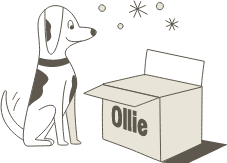
The nutrition your dog needs,
the food they want.

Enjoying our articles? Subscribe our Newsletters and get new articles directly to your inbox
You might also like
14 July 2025
5 MINS READ
Understanding Limited Ingredient Diets for Dogs
As a dog parent, seeing your pup struggle with itchy skin, an upset stomach, or persistent ear infections is always stressful. Limited ingredient dog food has become a popular choice for pup paren…
by Ollie Pets
3 July 2025
5 MINS READ
How Fresh Food Can Help Your Dog Have Perfect Poops
As a pup parent, you’re likely very familiar with your dog’s bathroom habits. While it may not be the most glamorous part of taking care of your pup, a dog’s stool can be one of the most dir…
by Ollie Pets
4 June 2025
5 MINS READ
How Can Fresh Dog Food Help with Weight Management?
Maintaining a healthy weight is one of the most important aspects of your dog’s overall health and longevity. Being overweight or underweight can result in health complications and conditions that…
